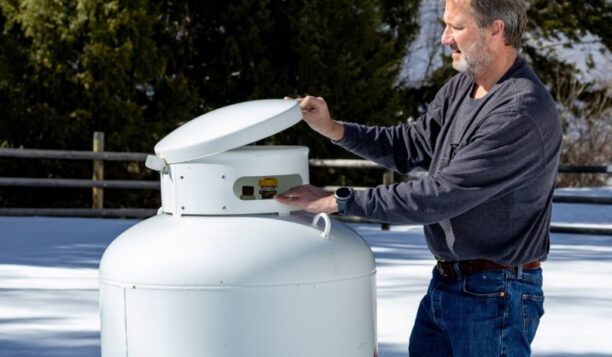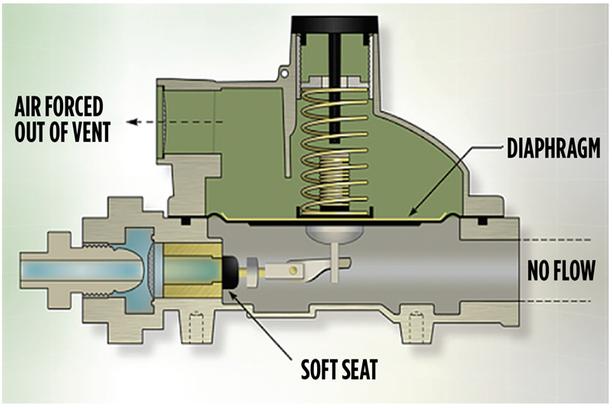Propane Delivery Safety Through Customer Education
Customer Education: Enhancing Safety and Trust in Propane Delivery Propane is a versatile and efficient energy source in various applications, including heating, cooking, and powering vehicles. While propane offers numerous benefits, it’s essential to prioritize safety in order to prevent accidents and build trust with customers. Let’s explore the significance of customer education in enhancing… Continue reading Propane Delivery Safety Through Customer Education


